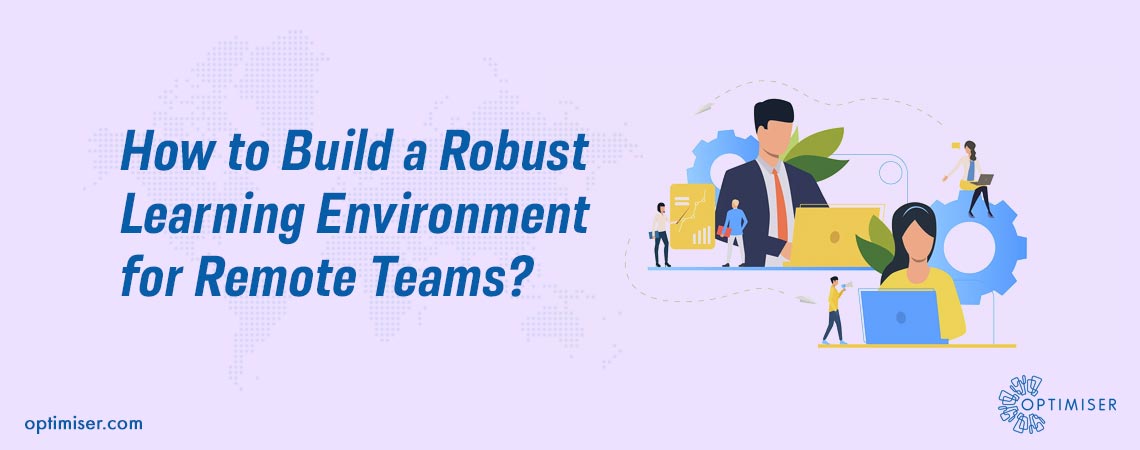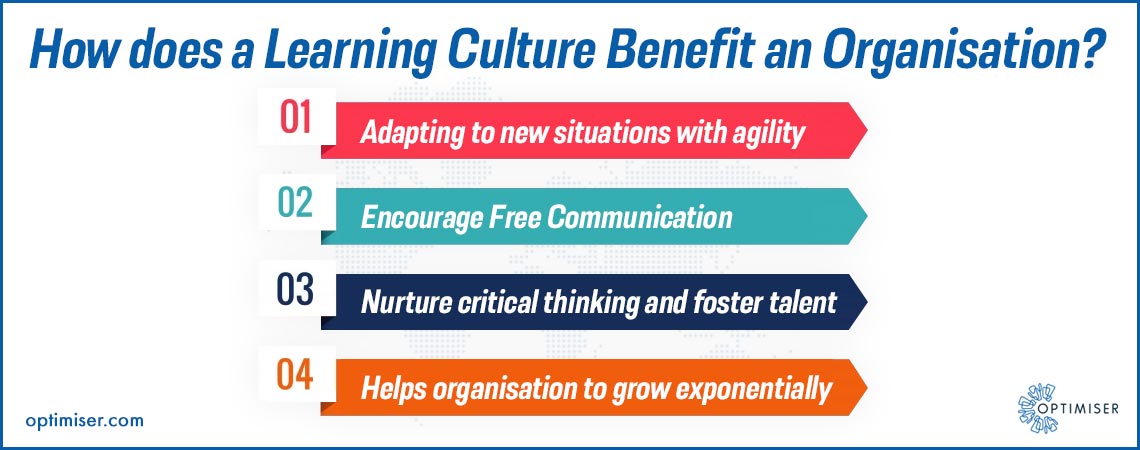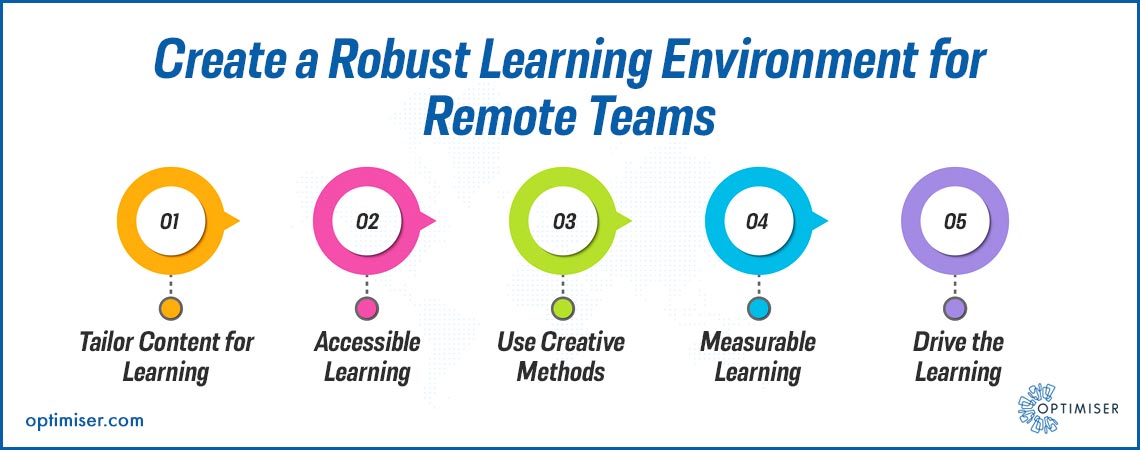
How to Build a Robust Learning Environment for Remote Teams
A Learning Culture within the organisation sends the message to the employees that they have the space to express themselves and have the opportunity to grow wherein they will have the full support of the company.
Why build a Learning Culture within your Organisation?
If reports are believed, approximately 40 percent of employees within an organisation prefer to work from home rather than the office after the pandemic. Moreover, organisations witnessed a rise in productivity with work from home, even though it was expected that the work output may decline.
After seeing the benefits of the situation, some companies had adopted the work from home routine when the restrictions began to lift. Others have offered a hybrid solution wherein the employees come to the office on certain days and remain at home for the rest of the days.
Remote teams can be isolated from each other due to no physical presence. However, it makes it more prone to miscommunication. The biggest challenge that companies face is to ensure that the employees can grow and communicate effectively. A company-wide culture can be fostered with a continuous learning environment.
How can Technology aid in building a Learning Environment?
Using technology to build the learning culture has been the norm. It ensures that skill and development opportunities are available to all the employees. This ensures that the knowledge is being distributed company-wide between leaders as well as the employees. This, in turn, improves the performance of the employees.
Learning allows one to adapt with agility. With a learning culture in the Organisation, one can encourage accessible communication and discuss how to create and maintain a sense of purpose within the company.
Learning recognises and fosters talent that becomes a part of the digital economy. Using technology to build a learning culture within a remote team can focus on critical skills and provide you with an edge over your competitors. It maximises the potential and allows the company to grow exponentially.

“The single biggest driver of business impact is the strength of an organisation’s learning culture.”
-Josh Bersin
*
How to create a Robust Learning Environment Within your Organisation for Remote Teams?
The pandemic came as a surprise for each one of us. The future is still uncertain. However, companies have taken steps to make sure that the economy does not get hit anymore. Some see working from home as a blessing, while others accustomed to the office environment are struggling. Maintaining communication with other team members from the comfort of one's home has been testing. To overcome this challenge is to ensure that your company can pass over any hurdles without much trouble.
1. Tailor Content for Learning
Everyone has a different learning style. Therefore, using the one-for-all approach will not be suitable for anyone as people from different walks of life collaborate on a common goal.
The knowledge provided should be dynamic and help the employees improve their performance within their departments and as individuals. A branded custom learning plan that can be changed for everyone can be used to train the workers to help them accommodate real business problems. Base knowledge of their roles will ensure that the employees know what their responsibility is. Incorporate its values and culture into the content and tie it to measurable metrics and business goals for comparison and analysis.
2. Accessible Learning
One of the primary reasons some employees have upped their skills and others have not been able to is that learning is still not accessible to all. With a work from home scenario, they have time and flexibility to devote to learning. They can set their own pace and access information from smartphones, laptops etc., at any time. It will make them seek knowledge proactively.

3. Gamify It
Learning should not be limited to attending workshops, reading books and going through presentations. These methods can dispel the interests of the employees and make them hesitant to learn about new things, given the complex nature. Using creative formats with visually stimulating information can increase engagement. It can make the most complex data easy to understand and analyse. Practical knowledge and training can be imparted, all the while enabling healthy competition. The employees will be motivated to achieve their targets and even go above and beyond with their goals.
4. Measurable Learning
Learning metrics that can be tracked will allow an organisation to understand how its employees are performing. It helps them know how the knowledge is retained and how existing things can be improved. Learning metrics that can be tracked will allow an organisation to understand how its employees are performing. It helps them know how the knowledge is retained and how existing things can be improved.
Take quizzes to test employee knowledge, track their learning journeys, and reward those who have managed to demonstrate their skills. Award with gifts, points, badges and even ranks to boost employee morale.
With these reports, you can tailor your learning content more accurately and give constructive feedback to speed up the organisation's growth.
5. Drive the Learning
Do not let the learning culture die down once you see the results. In fact, push it even more to ensure that the employees are motivated to learn more. With technology, you can make the learning shift online as well as dynamic. In addition, new requirements can be added into the learning modules with integrating tools to enhance employee knowledge.
SUMMARY
Driving learning culture within an organisation has proved to be highly significant for its growth. Many focus on churning out the good numbers that will look good on paper but employee resentment is real. A learning environment where employees feel safe to discuss their thoughts maintains a transparent communication channel. In the long run, such organisations flourish intensely.

30 days free trial. No credit card required
 One powerful platform
One powerful platform
 Simple to use
Simple to use
 Comprehensive
Comprehensive



